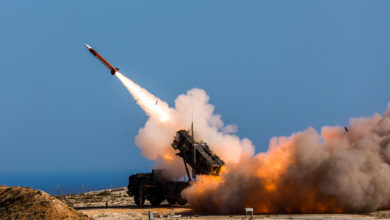SimX to Produce VR Simulator for USAF En-Route Medical Training
SimX has received a $750,000 contract to develop a virtual reality (VR) medical simulator solution supporting US Air Force en-route care training.
The agreement is part of an effort to train air force Critical Care Air Transport Teams (CCATT) and Aeromedical Evacuation (AE) personnel.
Practices programmed into the VR platform align with CCATT and AE-specific fields, including intensive unit-level care aboard aircraft and in-transit life preservation.
‘Massive Readiness Booster’
The VR medical simulator will enable the US Air Force to implement faster, more frequent, and cost-effective en-route care training, according to SimX.
The realistic platform will train personnel to improve medical outcomes in military and civilian scenarios.

“AE and CCATT are highly specialized teams, providing both advanced clinical skills as well as detailed familiarity with specific airframe capabilities and equipment sets to bring the highest level of medical care directly to the injured warfighter,” US Air Force VR Training Subject Matter Expert Capt. Daniel Hartling stated.
“Access to a virtual domain replicating this challenging role of care will be a massive readiness booster in our effort to deliver this lifesaving capability to our wounded partners and teammates.”
Improving Agile Combat Employment
Other SimX VR-based simulation systems have been employed by the US Air Force to support tactical combat casualty care training.
For the new contract, SimX will adapt current technologies according to CCATT and AE training curriculum requirements, such as critical medical equipment, outfits, and aircraft environments.

Future training activities with the new VR solution will be conducted with experts from the US Air Force School of Aerospace Medicine and Air Mobility Command (AMC).
“The goal of this project is increased overall medical capability for aeromedical evacuation and CCATT through enhanced training capabilities for the sustainment of readiness,” AMC Medical Modernization Deputy Chief Maj. Sarah Johnson explained.
“This is critical for ensuring the highest level of medical care for our forces as they prepare for a future of Agile Combat Employment.”












